33+ Sample Student Thesis Proposal
-
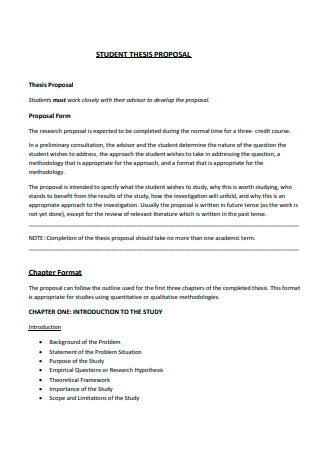
Student Thesis Proposal Template
download now -
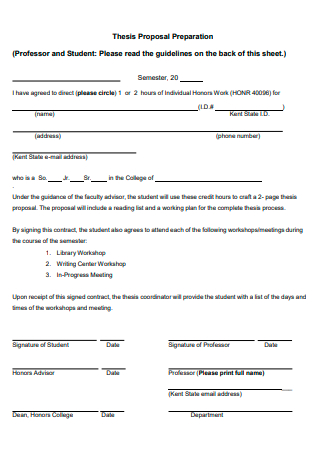
Professor and Student Thesis Proposal Preparation
download now -
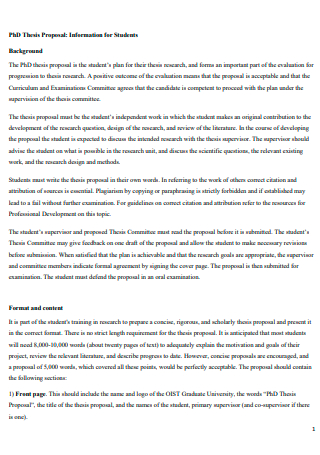
Information For Student Thesis Proposal
download now -
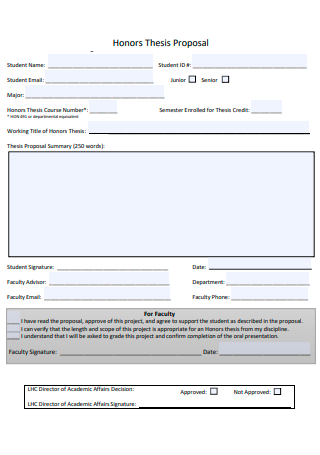
Student Honors Thesis Proposal
download now -
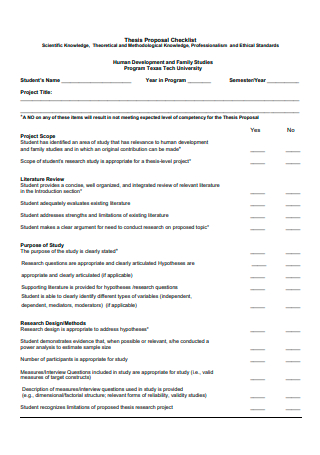
Student Thesis Proposal Checklist
download now -
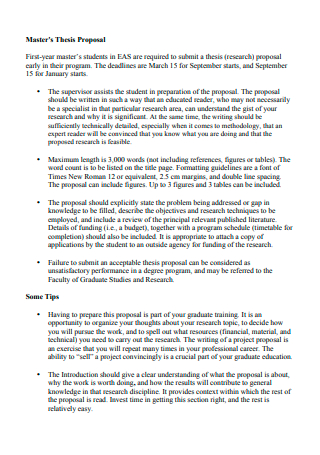
Master Student Thesis Proposal
download now -
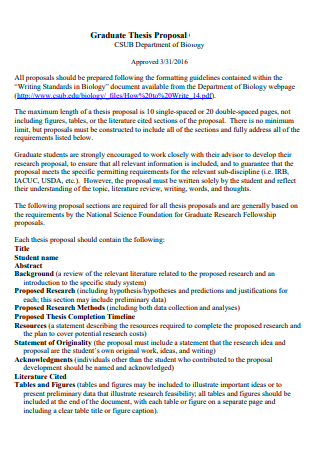
Graduate Student Thesis Proposal
download now -
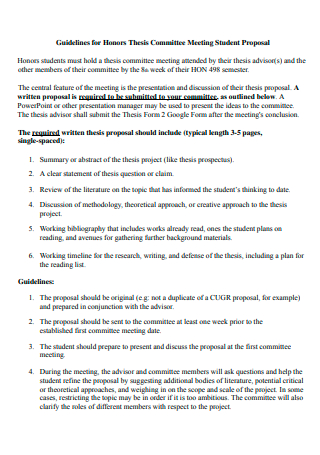
Student Honors Thesis Committee Meeting Proposal
download now -
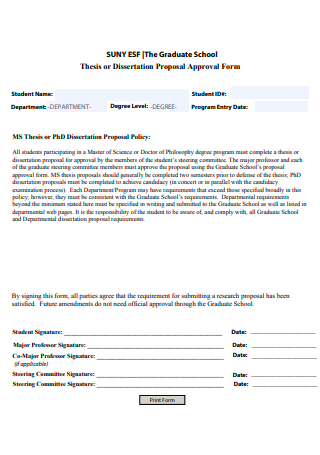
Graduate Student Thesis Proposal Approval Form
download now -
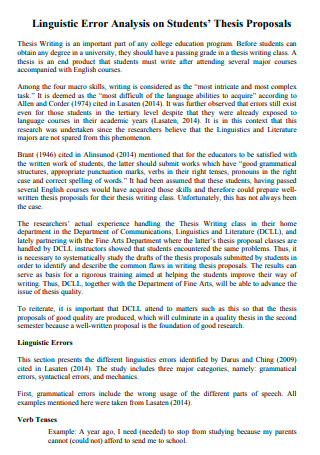
Error Analysis on Student Thesis Proposal
download now -
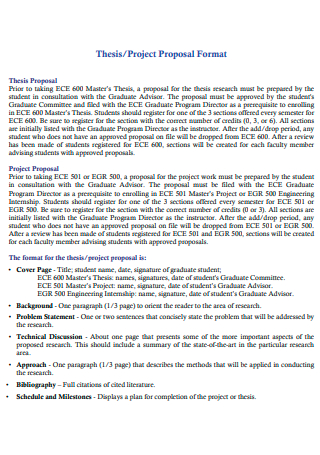
Student Thesis Project Proposal Format
download now -
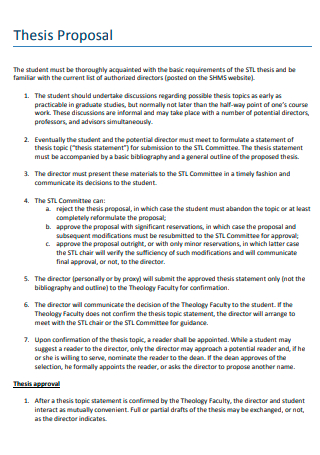
Student Thesis Proposal Example
download now -
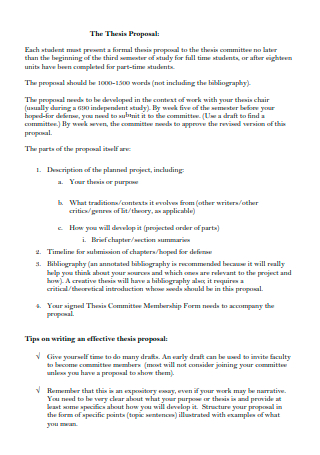
Standard Student Thesis Proposal
download now -

Doctoral Student Thesis Proposal Defense Application
download now -
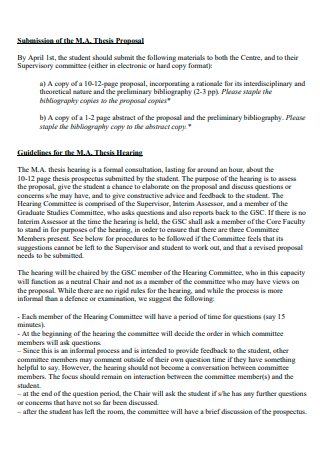
M.A Student Thesis Proposal
download now -
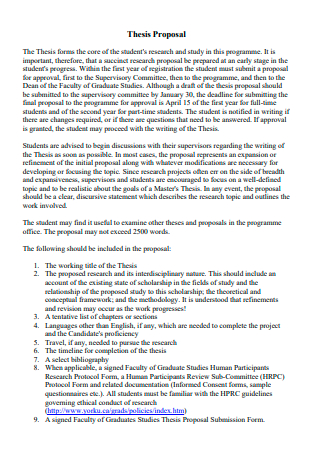
Student Thesis Proposal in PDF
download now -

Master Student Thesis Proposal Approval Form
download now -
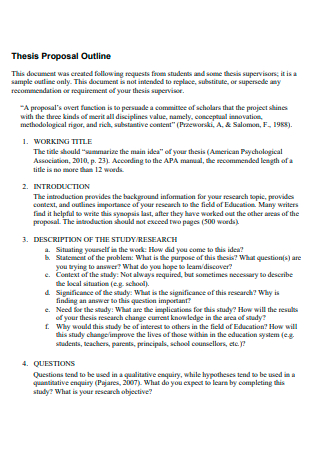
Student Thesis Proposal Outline
download now -
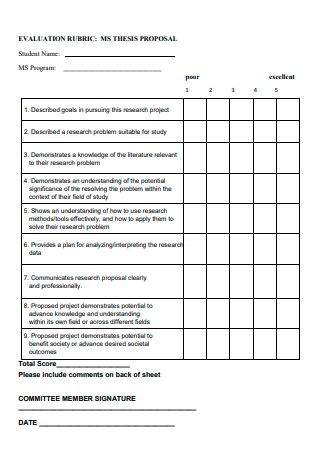
Basic Student Thesis Proposal
download now -
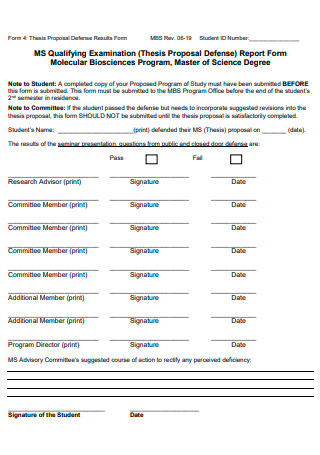
Student Thesis Proposal Defense
download now -
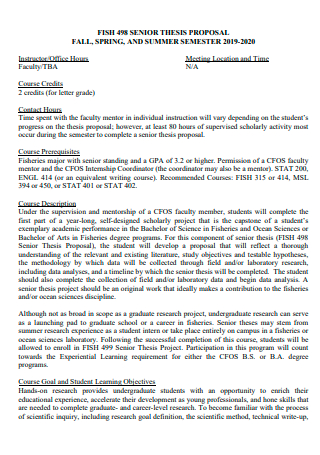
Senior Student Thesis Proposal
download now -
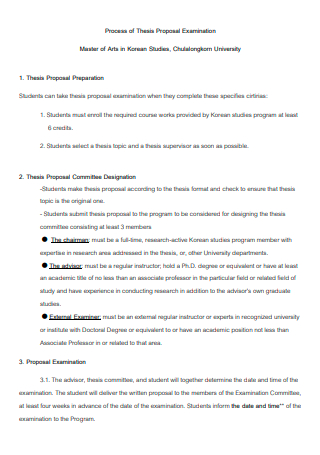
Student Thesis Proposal Examination
download now -
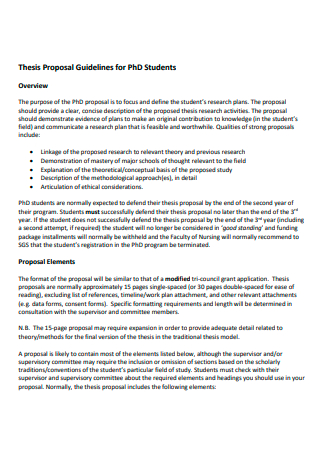
PhD Student Thesis Proposal
download now -
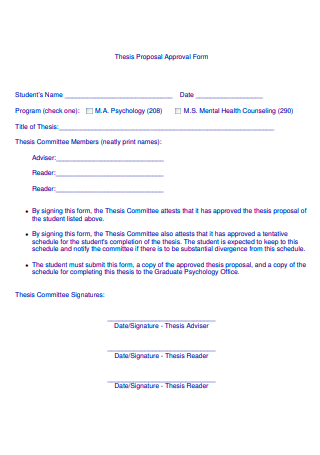
Student Thesis Proposal Approval Form
download now -
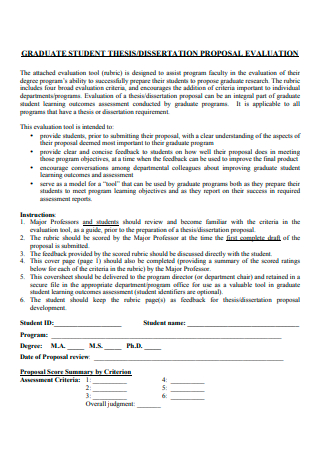
Graduate Student Thesis Proposal Evaluation
download now -
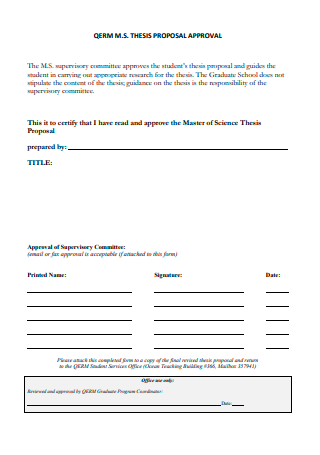
Student Thesis Proposal Approval
download now -
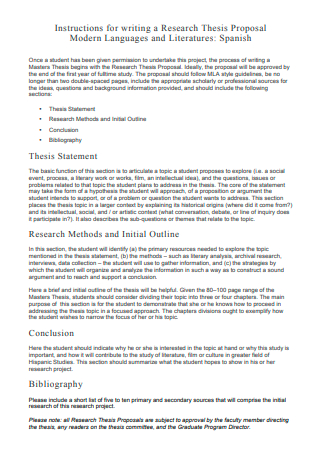
Student Research Thesis Proposal
download now -
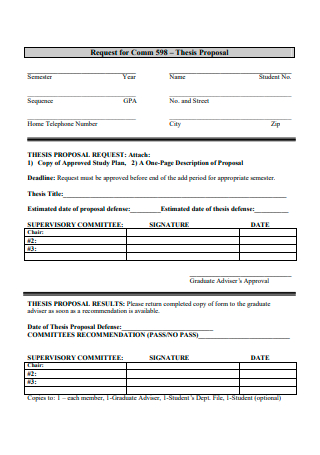
Simple Student Thesis Proposal
download now -
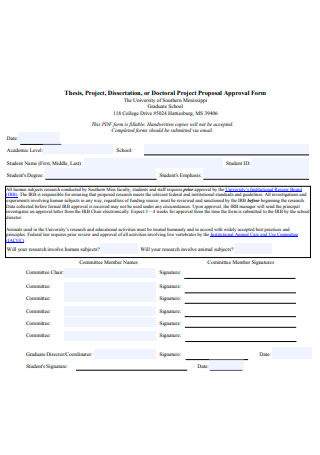
Student Thesis Project Proposal Approval Form
download now -
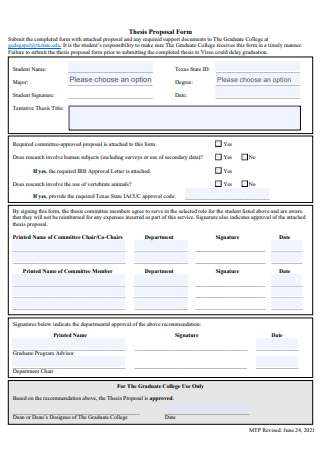
Student Thesis Proposal Form
download now -
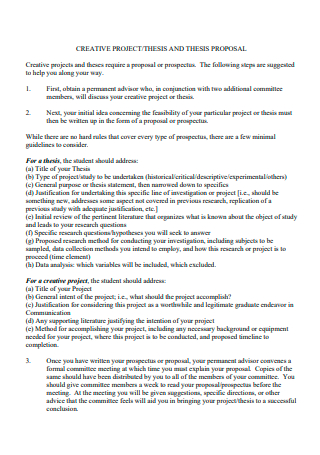
Student Creative Project Thesis Proposal
download now -
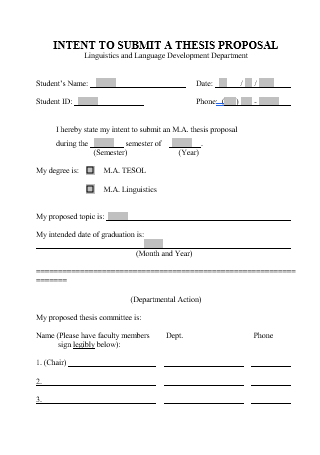
Intent to Submit Student Thesis Proposal
download now -
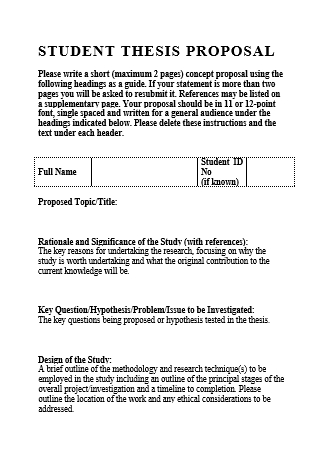
Formal Student Thesis Proposal
download now -

Student Thesis Proposal in DOC
download now
FREE Student Thesis Proposal s to Download
33+ Sample Student Thesis Proposal
What Is a Student Thesis Proposal?
Components of a Student Thesis Proposal
How To Create a Student Thesis Proposal
FAQs
How long is a thesis proposal?
What is an example of a thesis statement?
What makes for a good thesis proposal?
Educational establishments and institutions must foster positive classroom behavior, provide opportunities for students to interact in workgroups to promote cooperation, establish classroom rules, and supply appropriate and structured feedback, among others. An essential learning tool that schools use for the students to accumulate further knowledge and make discoveries is a thesis. Before writing one, students must prepare a student thesis proposal. What is a student thesis proposal, and what benefits does it provide individuals that utilize the document? The article provides valuable information about the proposal, including its definition, components, and how-to guide. A section also answers frequently asked questions from students and other individuals.
What Is a Student Thesis Proposal?
A student thesis proposal is a document that contains an outline or summary of a thesis that a student is working on for their studies. It can be a requirement for graduation or a special project from a teacher. The student thesis proposal informs the committee or supervisor of the planned research topic, defines the possible issues and inquiries that the thesis will address, and explains why there is a need for further research or study about the subject. It also informs the thesis supervisor that a student has the capacity and comprehensive understanding of the field of research along with developing a research question that deserves a concrete solution. A student thesis proposal is the equivalent of the first half of the actual thesis paper or journal article. The information the student presents in the proposal must be in the introduction and methods section of the thesis. Before writing the thesis proposal, a student must have taken the time to commit to advance research and conduct extensive reading on the available literature, create an annotated bibliography, and outline the possible composition of the research question.
According to the statistical data published by Statista regarding the number of bachelor’s degree recipients in the United States starting from 1970 to 2030, about 2.01 million students have received their bachelor’s degree in the academic year 2019 to 2020. The data predicts that the number of bachelor’s degree graduates will increase to over 2.03 million in the academic year 2029 to 2030.
Components of a Student Thesis Proposal
Despite having a variety of ways to write a general thesis proposal, there are still some sections that are relevant to get specific information across. Sometimes, these sections come in pairs or groups, and in some cases, elements like the problem statement, aims and objectives, and literature review become part of the introduction. The three most common components of a student thesis proposal are the introduction or statement of the problem, review of literature, and the methodology. The section below covers the different components that are part of the thesis proposal with their corresponding descriptions.
How To Create a Student Thesis Proposal
When writing the student thesis proposal, it is critical to consult with the teacher regarding its structure and specific sections they require to appear. Constructing the proposal can be challenging at first, but with the right guidance from teachers along with the list of requirements, a student can work out a comprehensive thesis proposal. Below are the steps to help you write a student thesis proposal for your chosen topic.
-
1. Write a Proposal Outline
To begin a student thesis proposal, you must outline all current materials and resources. Outlining all the necessary information allows you to have a roadmap for the research and develop the actual thesis. The teacher is likely looking for evidence to understand your data collection process, relevant literature, and methodologies. Create a separate section that highlights the research statement. List down all the main ideas that you will include in the proposal. Write out supporting arguments and explanations under these ideas.
-
2. Define a Research Structure to Use
Depending on the institutional requirements set by your teacher, you must have an idea of the different elements of a thesis proposal. The abstract section outlines the work summary and research methods the student will use. The introduction collates all the information in the thesis proposal and puts it into an understandable context. Existing research refers to the existing texts and documents that support the research, giving the student credibility and removing plagiarism issues. The thesis statement serves as the principal idea for conducting the research. The approach section details how the student plans to perform the study. Another section details potential outcomes and limitations of the research. The thesis proposal must also indicate the possible contributions that the study brings to the field of research.
-
3. Create a Writing Plan
When developing a writing plan for the thesis proposal, organize your ideas before putting them on paper. Start with the proposal outline, and prepare the visual elements you will use in the proposal, including line graphs or pie charts. Describe the methodology section of the thesis proposal, then explain the gathered data you have. Draw out possible conclusions coming from the information you have, and indicate how it supports the thesis. Finally, write the introduction, abstract, and references of the thesis proposal. Writing the thesis proposal does not follow the structure as is. Instead, get the information you need first for the other sections to make sense to the reader.
-
4. Write the Thesis Proposal
After planning how the writing goes, you can begin writing the thesis proposal. Thesis proposals must be in the formal writing format. Despite it being a formal document, you must keep it simple, making it brief while retaining its objectivity and readability. Avoid using the first or second person. Be consistent with the writing style throughout the rest of the document.
-
5. Proofread the Proposal
Since a thesis proposal is an educational and formal paper, there is minimal room for error. It is helpful to proofread your work by allowing classmates or friends to read the proposal. If there are misunderstandings, take the time to revise the proposal. You can read the proposal out loud, consult colleagues, and use spell checkers as necessary to ensure that everything is on point.
FAQs
How long is a thesis proposal?
Depending on the subject matter or research topic, the average number of pages for a thesis proposal ranges from five to fifteen pages.
What is an example of a thesis statement?
A thesis statement is one of the essential elements of a thesis proposal. It matters to create a strong thesis statement. Thesis statements must illustrate specifics and facts. An example of a thesis statement that is specific and factual is that a peanut butter sandwich consists of bread and peanut butter.
What makes for a good thesis proposal?
A good and effective thesis proposal consists of a well-structured problem statement, a comprehensive proposal aiming to solve the issue, provide alternative solutions, identify possible arguments, include a careful analysis of the audience, and contain a sensible yet reasonable tone and voice.
Learning is a continuous process, and a student writing a thesis proposal during their early years provides them with the capacity to complete complex research in the future. The teacher or instructor also plays a critical role in students conducting research studies for different topics and problems. There must be a clear explanation coming from the instructor to guide the students in their journey to create a good thesis. In the words of B.B. King, “The beautiful thing about learning is that no one can take it away from you.”. Create your student thesis proposal by referring to the samples available in the article above.
